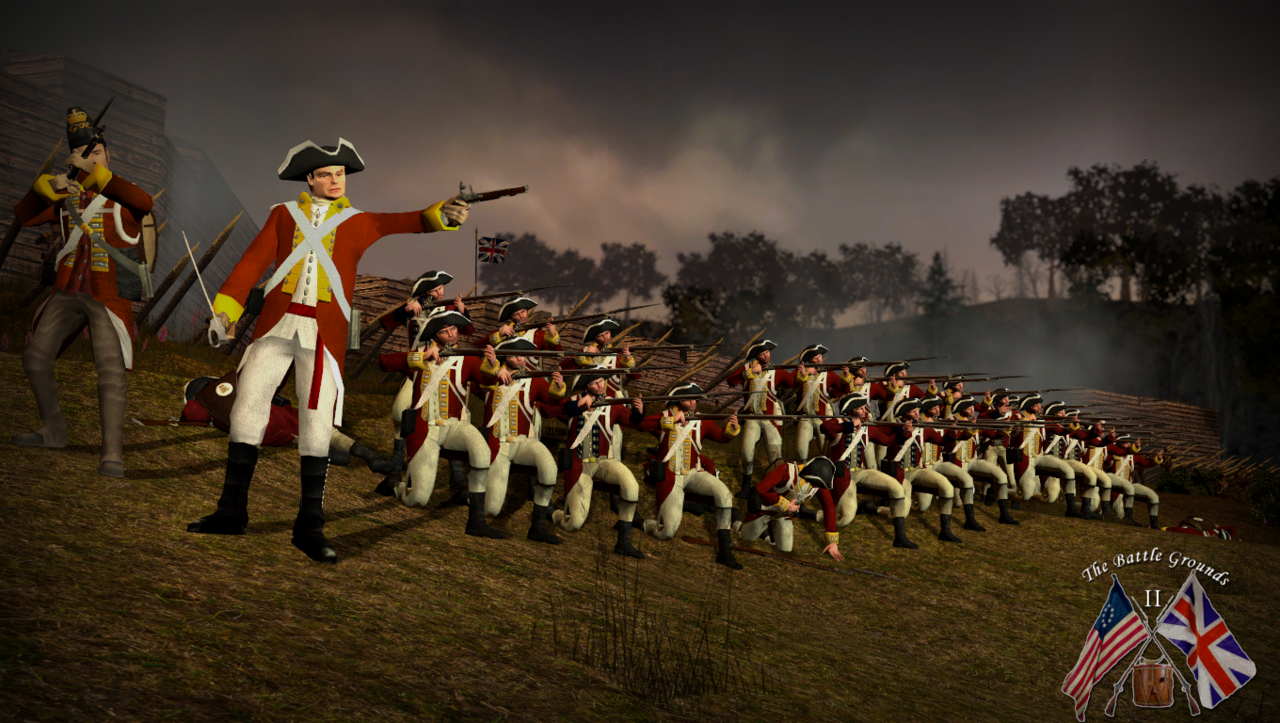

Militias, poorly disciplined and with elected officers, were summoned for periods usually not exceeding three months. The war was therefore one fought by small field armies. At any given time, however, the American forces seldom numbered over 20,000 in 1781 there were only about 29,000 insurgents under arms throughout the country. The total number of the former provided by quotas from the states throughout the conflict was 231,771 men, and the militias totaled 164,087. © Civil War Trust ( A Britannica Publishing Partner) See all videos for this articleĪmericans fought the war on land with essentially two types of organization: the Continental (national) Army and the state militias. Learn about major events of the Revolutionary War (1775–83), which won 13 American colonies their political independence from Great Britain.

From the beginning, sea power was vital in determining the course of the war, lending to British strategy a flexibility that helped compensate for the comparatively small numbers of troops sent to America and ultimately enabling the French to help bring about the final British surrender at Yorktown. Meanwhile, the Netherlands, which provided both official recognition of the United States and financial support for it, was engaged in its own war against Britain. Until early in 1778 the conflict was a civil war within the British Empire, but afterward it became an international war as France (in 1778) and Spain (in 1779) joined the colonies against Britain. The war followed more than a decade of growing estrangement between the British crown and a large and influential segment of its North American colonies that was caused by British attempts to assert greater control over colonial affairs after having long adhered to a policy of salutary neglect.


 0 kommentar(er)
0 kommentar(er)
